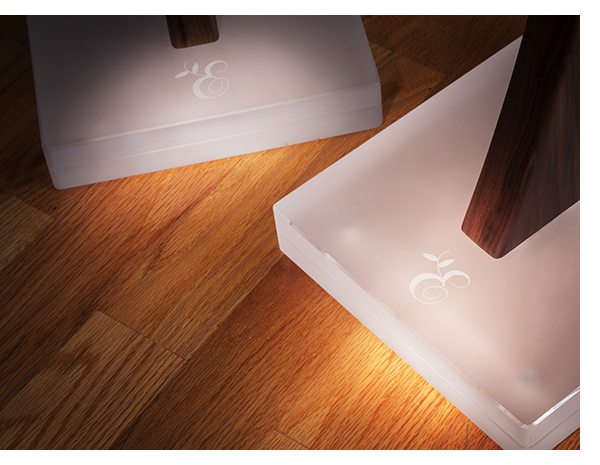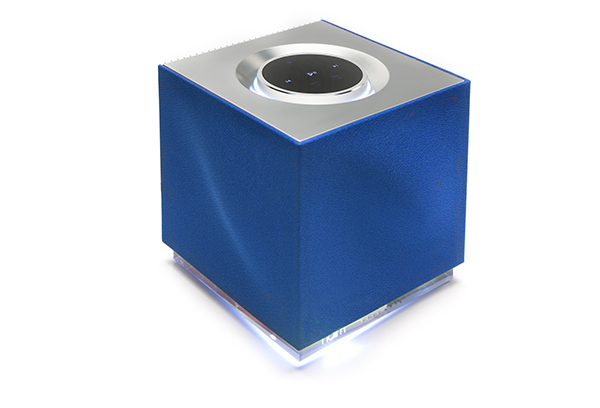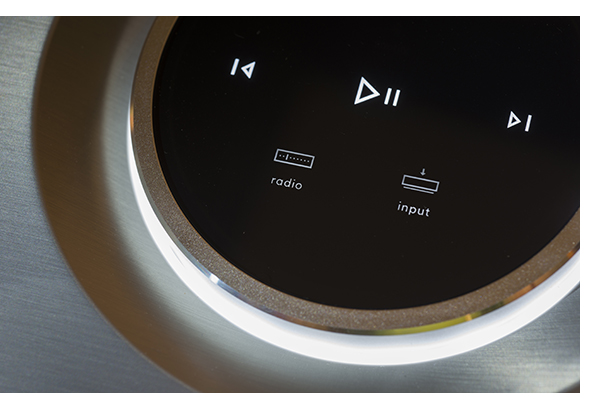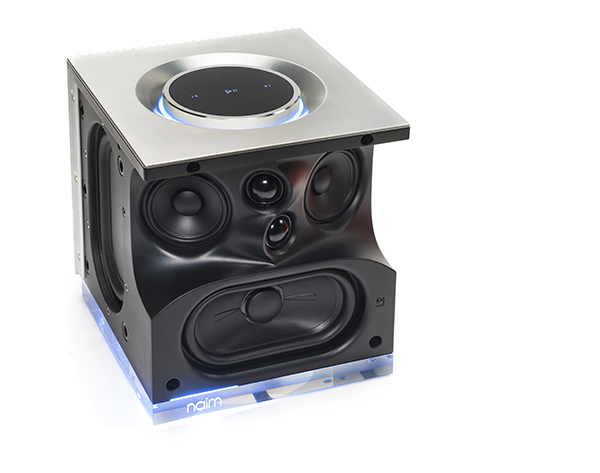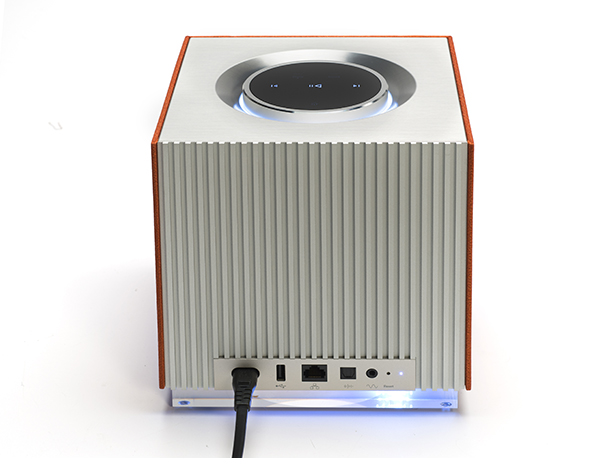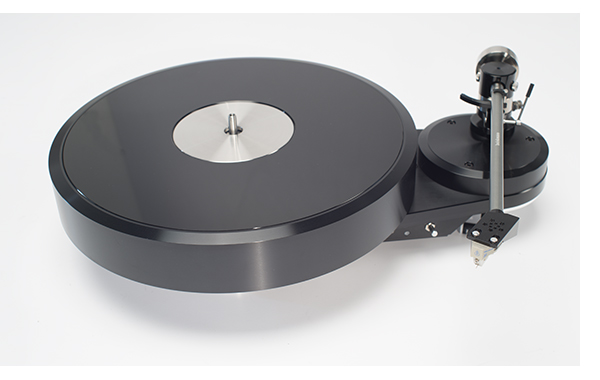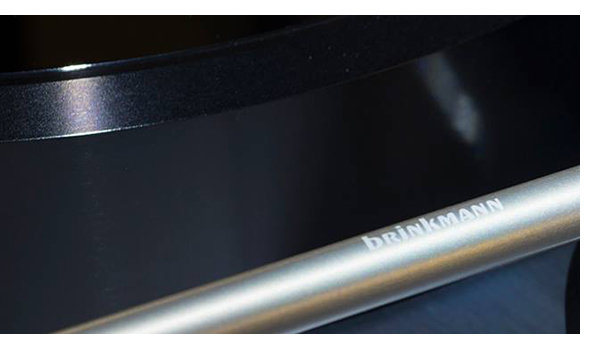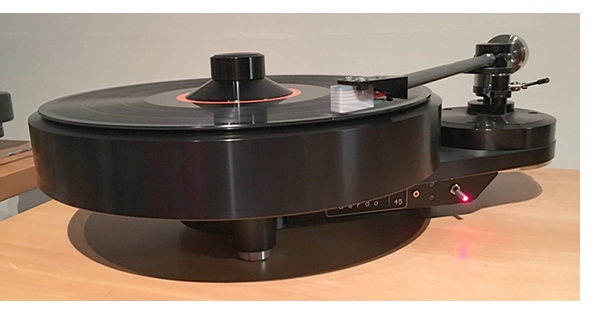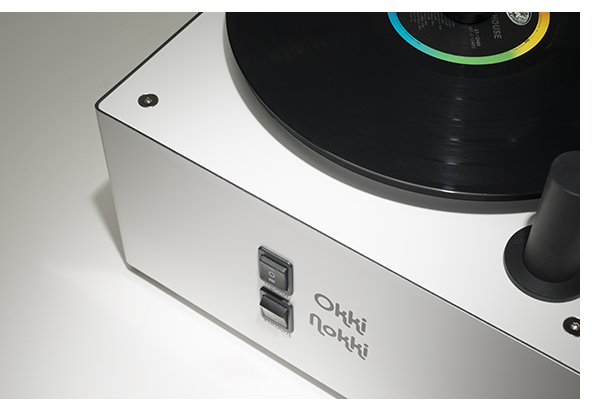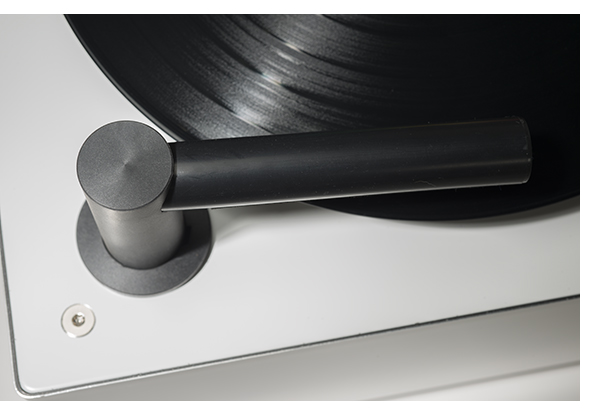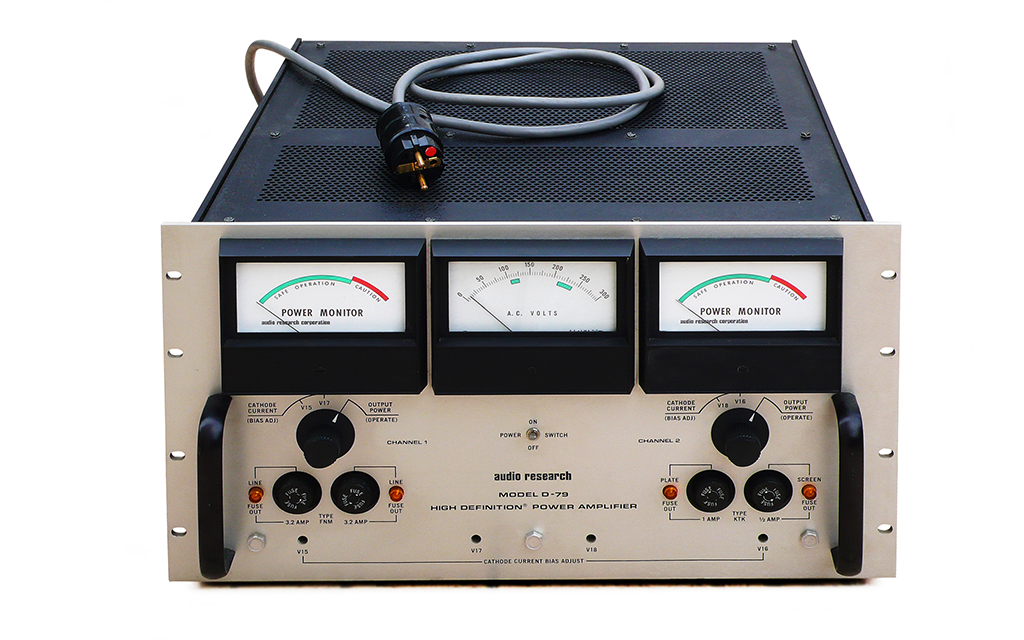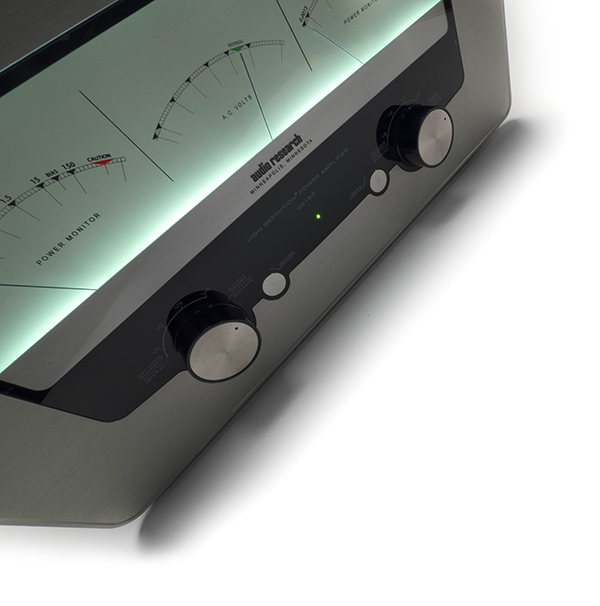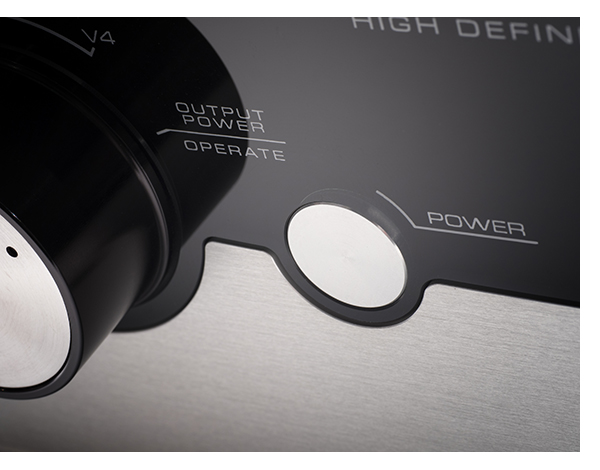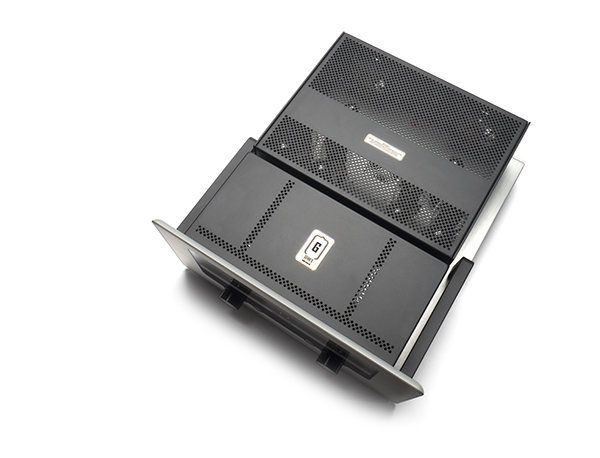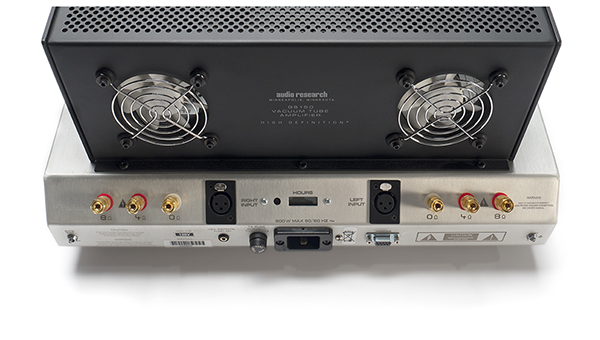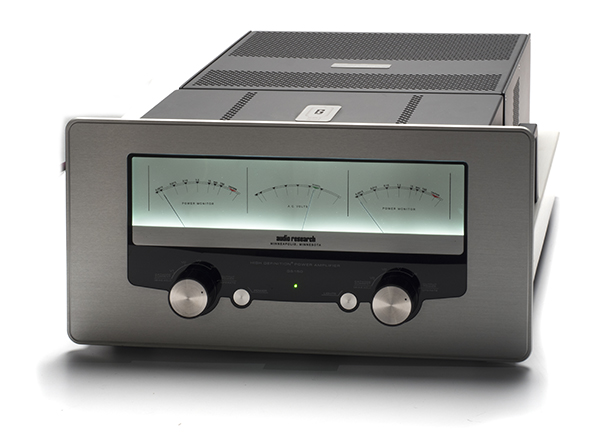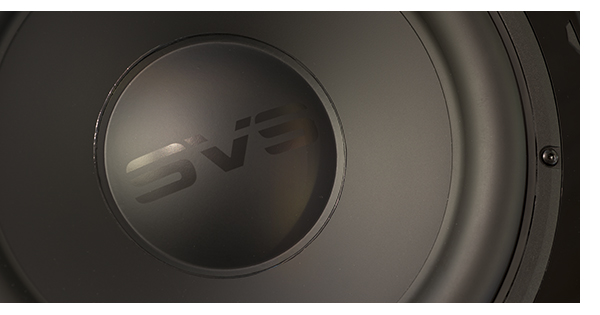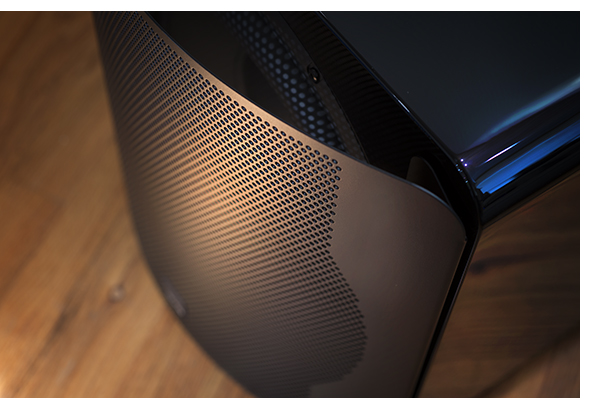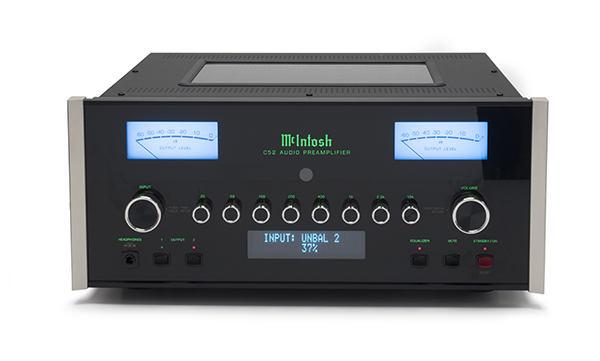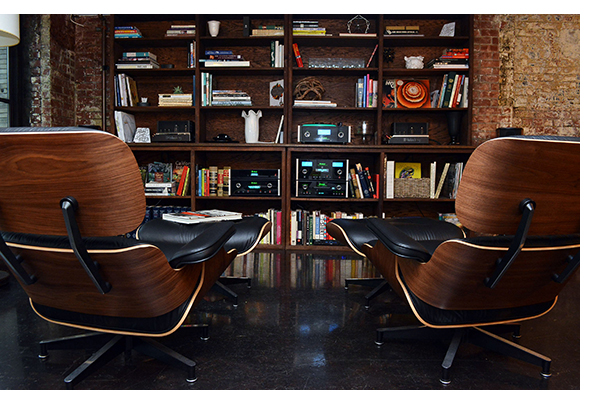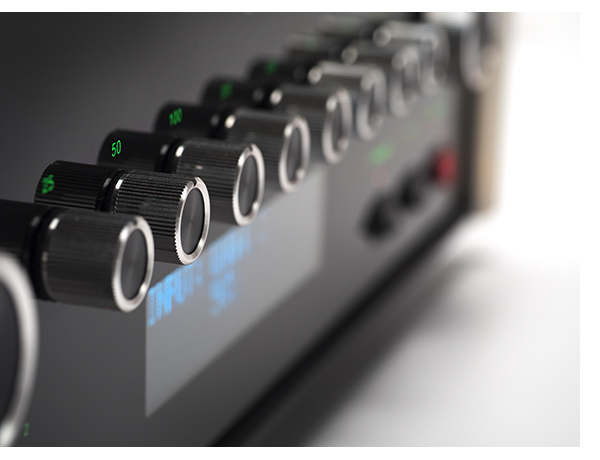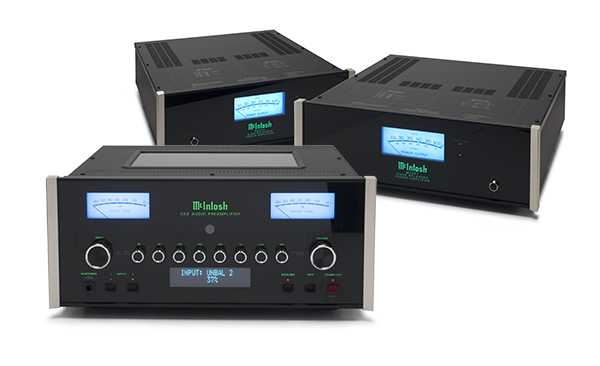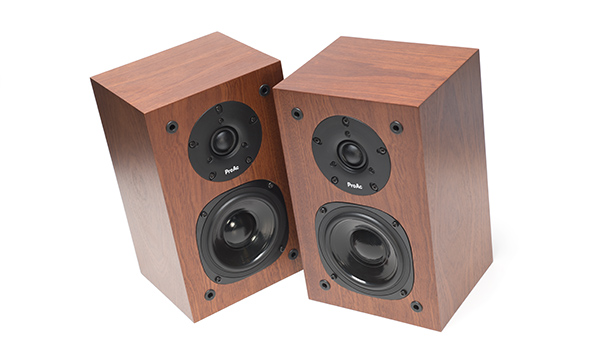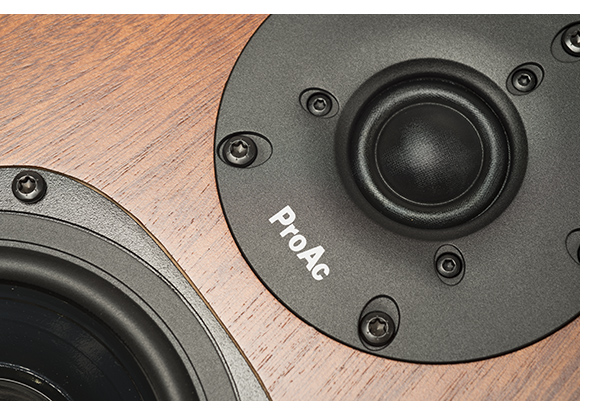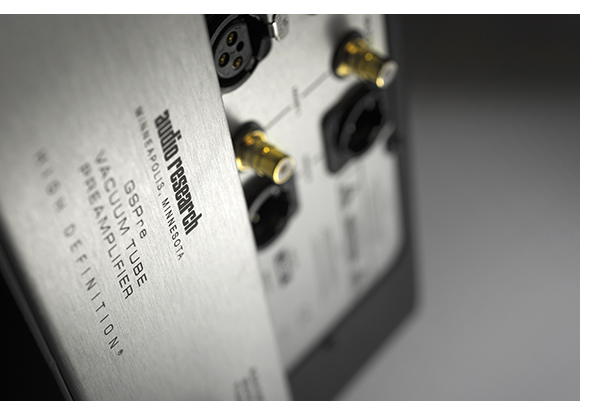 Reinventing a classic usually fails miserably or succeeds brilliantly. Ford’s attempt at bringing back the Thunderbird, not so much, VW’s remake of the Beetle, fantastic.
Reinventing a classic usually fails miserably or succeeds brilliantly. Ford’s attempt at bringing back the Thunderbird, not so much, VW’s remake of the Beetle, fantastic.
Ask any fan of the Audio Research marque which pieces they feel are legendary and the original SP-1 preamplifier (as well as the SP-10) and the D-79 power amplifier will more than likely be at the top of their list.
ARC has always concentrated on performance, with an understated look, bringing them a legion of followers over the years. But the GSPre is different, oozing with aesthetic touches wherever you look. Designer Livio Cucuzza pays just the right amount of respect to ARC’s heritage, while expressing himself brilliantly. For those not familiar with Mr. Cucuzza, he is the talent behind Wadia’s Intuition and the current crop of Sonus faber speakers, including the brilliant Aida that was our Product of the Year in 2012.
Control functions are displayed in the same green shade that has been a staple of current ARC components, yet the control knobs, ever so slightly updated, look straight from the SP-1. When the GSPre was introduced in Munich last year, Cucuzza was certain to mention how important these design cues were, drawing upon pristine examples of classic components from ARCs own collection to listen to and observe during the design process.
A quick look behind the luxurious front panel reveals the tube tunnel of the SP-1, now covered with drilled Plexiglas, yet the simply bent corners on the first ARC preamplifier are now hand welded in the GSPre. The new preamplifier exudes quality, with evidence of hand finishing everywhere you look. ARCs Dave Gordon makes it a point to bring this all to my attention, saying, “This is where some of the additional cost in the GSPre comes from. This level of hand work isn’t inexpensive.” This is why you buy a Ducati motorcycle instead of a Yamaha, and so it goes with the GSPre. It is as lovely to look at as it is to listen to.
The front panel has a thinner, more sculpted feel and the familiar handles that are front and center on every other ARC component are now tucked tastefully off to the side of the chassis, just behind the front panel. The rear panel reveals a full complement of balanced XLR and RCA inputs and outputs with a 15A IEC socket, with the headphone input located on the right side of the chassis. If you are a headphone user, be sure to leave a proper amount of space to access the standard ¼ inch jack.

I confess, I love it
As much as I am supposed to be a conduit to the gear we review, it’s tough to contain my enthusiasm for ARC’s latest GSPre and GS150 power amplifier (You can read that review here) after living with them for some time now. Having owned the SP-1, SP-3, SP-10 and SP-11, along with a few contemporary ARC preamplifiers, I find the GSPre to be a very special component. Listening to Neil Young’s classic “Old Man” (the recent Chris Bellman LP remaster of Harvest) is mesmerizing; the detail present is amazing, the vocal and instrumental texture equally so. Switching LPs, listening to the reverb trail off at the beginning of CSN’s “Wooden Ships” seems to go wider and deeper through the Quad 2812s than I’ve ever heard. Few components I have heard at any price are this compelling.
It is wonderful, convenient and synergistic to have a high quality phonostage on the same chassis as a great linestage, which is why so many SP-10 and SP-11 owners doggedly hang on to their 30-year-old preamplifiers. I enthusiastically submit the GSPre as a more than worthy replacement.
Carrying an MSRP of $15,000, it is slightly more than the $13,000 REF 5SE, which in some ways sonically bests the GSPre. But the GSPre must be put in proper perspective; where the REF 5SE is strictly a linestage, the GSPre is a full-function preamplifier in the best ARC tradition, with an outstanding phonostage and headphone amplifier built in. Having reviewed all the past ARC phonostages over the last five years, I find that the performance of the GSPre’s onboard phono is in the neighborhood of the PH7 and PH8.
Those of you wanting it all on one chassis will not be disappointed with the GSPre, unless you are sporting a $10,000 phono cartridge on your turntable. Atlas and Goldfinger owners will still want to step up to ARC’s REF Phono 2SE to get the maximum performance, or those with extremely low output cartridges, as the GSPre only features 55dB of gain in the phonostage. Personally, I love minimizing the number of cables needed in a great hifi system – another excellent reason for choosing the GSPre. And it goes without saying that you’ll need less rack space, though the GSPre is so gorgeous, you might not want to tuck it away on the shelf of a rack. I suggest placing it on a big, Italian column front and center with dramatic lighting for accent, but I digress.
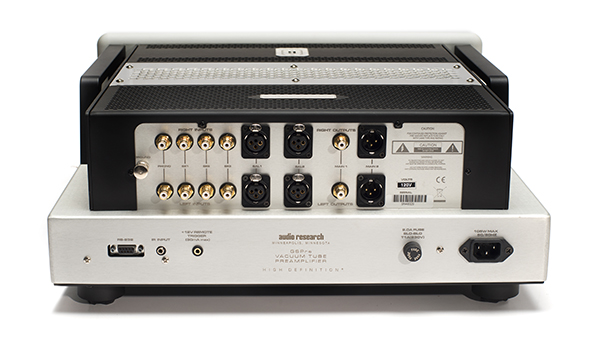
It’s more about different
Elitist audiophiles only concerned with ultimate performance may prefer the REF 5SE to the GSPre, but I submit the GSPre is more about different, than a mere better or worse comparison. The REF 5SE does have a bit finer resolution in the highest of highs and slightly more dynamic punch, but the GSPre offers a different voice, a different flavor. Though the team in Minneapolis still designs the circuitry, listening to a violin or acoustic guitar through the GSPre makes me wonder just how much time the ARC people have spent listening to Sonus faber speakers, now that they are part of the Fine Sounds group.
Think of the difference in rendition between the REF 5SE and the GSPre as the former being more like a pair of Wilson Audio Maxx 3s and the GSPre a pair of Sonus faber Aidas. Both excellent, but which will you prefer? If like me, you prefer that touch of tonal saturation and body, the GSPre will be your ultimate choice. It’s as if the GSPre is a sonic blend of 80% REF 5SE and 20% legendary SP-10, with no drawbacks whatsoever.
The GSPre is a contemporary design though, utilizing ARC’s FET/Vacuum Tube hybrid design that they pioneered with the SP-11, refining constantly. With a FET input driving two pairs of 6H30 tubes in the linestage and a single pair in the phonostage, all the tube magic is retained, yet the result is extremely quiet. The GSPre possesses incredible low level detail resolution and the spatial abilities usually associated with an all-tube preamplifier, though having none of the negative aspects. The 6H30 is an incredibly robust tube, and though ARC suggests replacement at 5000 hours, it is not uncommon for these tubes to last much longer. The power supply is all solid state, with seven stages of regulation.
Phono fun
As with the current crop of ARC phonostages, 100, 200, 500, 1000 and 47k input loading is easily switched from the comfort of your listening chair. The ability to do this via remote is particularly helpful not only from the reviewer’s chair, but when you are trying to get that last bit of performance from your system.
A wide range of cartridges was used for this review, from the $379 Denon DL-103 up to the $9,500 Lyra Atlas. Phono performance is dynamic and quiet, though as mentioned earlier, extremely low output cartridges will not have enough drive for the GSPre. The .25mv Denon and the .3mv Dynavector 17D3 were acceptable at lower levels, but at modest to high volume lacked slightly in dynamics. All the cartridges at my disposal from Ortofon, Lyra and Koetsu with .5mv output were a fantastic match and again being able to switch between 100, 200 and 500 ohms from the couch made optimization a snap.
Vinyl experiences with the GSPre and the Feickert Blackbird/Ortofon Cadenza Black MC were incredibly good, and this is an arm/cartridge/table combination I would highly suggest to a potential GSPre owner who was stepping up their vinyl game. Another lovely combination is the VPI Classic Two table and the Grado Reference 1 moving iron cartridge. ARC phonostages have always had an incredibly synergy with the Reference and Reference 1, and the GSPre continues this tradition. Its .6mv output does require 47k loading, something not all MC phonostages can accommodate.
While the GSPre can rock out with the best of them, vocals, small ensembles and solo acoustic instruments shine. This preamplifier does so well with retrieving ambient cues and gentle texture, it underscores what the vacuum tube experience should be without ever over-embellishing, as some vintage tube components can be prone to. For this reviewer, the balance is absolute perfection.
Bass extension and control are very good, but this is one area where the ultimate nod goes to the REF 5SE/ REF Phono 2SE pair, both with their larger, dual mono, vacuum tube regulated power supplies.
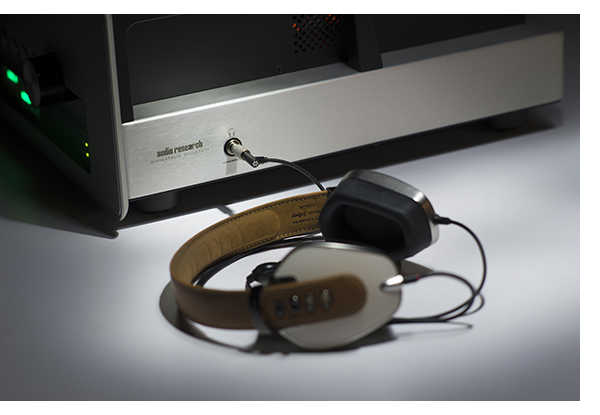
Getting personal
It only takes a few minutes with your favorite phones to realize to realize the on-board headphone amplifier is not a last minute afterthought. Much like the approach taken to the phonostage, the GSPre is not the last word in headphone amplification for the most obsessed headphone listeners, but so good that most will not feel the need to invest in a separate, outboard headphone amplifier. ARC claims compatibility with phones in the 30–300 ohm range and it proved a great match for the Sennheiser, Grado, OPPO and Audeze phones in my collection. I can’t think of a better way to explore personal listening for the first time than with the GSPre.
The same voice of the GSPre through your favorite speakers comes quickly through your favorite phones, no matter which ones you own. It paints a large sonic landscape, with excellent dynamics and control. Donning a pair of headphones will really convince you just how quiet the GSPre truly is, with transducers right against your head – a real plus for classical listeners!
A brilliant combination
The word that keeps coming to mind with the GSPre is balance. It does everything so well, with no weaknesses, I can’t imagine wanting another preamplifier. After extensive listening to the GSPre and companion GS150 power amplifier, it’s tough to be non-partisan, especially after having owned numerous ARC components over the years.
Mating the GSPre to the GS150 power amplifier is sonic and aesthetic perfection. However, should you have a different ARC power amplifier, or one from another manufacturer, it’s all good. Whether using the balanced or RCA outputs, the GSPre drives long cable runs with ease, and mating it with a plethora of amplifiers from Conrad-Johnson, Nagra, Pass, Simaudio and McIntosh, it delivers a stellar performance either way.
The GSPre feels as if ARC has read my mind and produced a bespoke preamplifier to perfectly suit my visual and sonic requirements. The GSPre combines the design sensibilities of ARC’s Italian partners, while leveraging 40 years of award winning vacuum tube component design. To say the result succeeds brilliantly is the understatement of the year. If this sounds like fun to you, I suggest heading straight to your nearest ARC dealer and be ready to write the check. This may or may not be your first ARC component, but I suspect after you live with the GSPre, it may be your last preamplifier. I know I could live with this one forever.

Audio Research GSPre Preamplifier
$15,000
www.audioresearch.com






